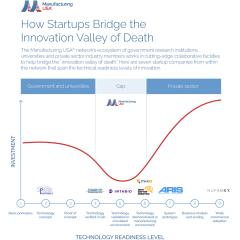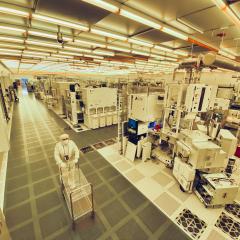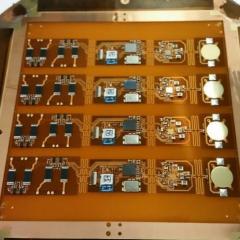
The U.S. outspends other nations in r esearch and development and continues to lead the world in innovations and inventions. However, new products are often “stranded in the lab” when we don't have the manufacturing capability, or get developed in other countries such as China, Germany, and South Korea that invest more aggressively in...





